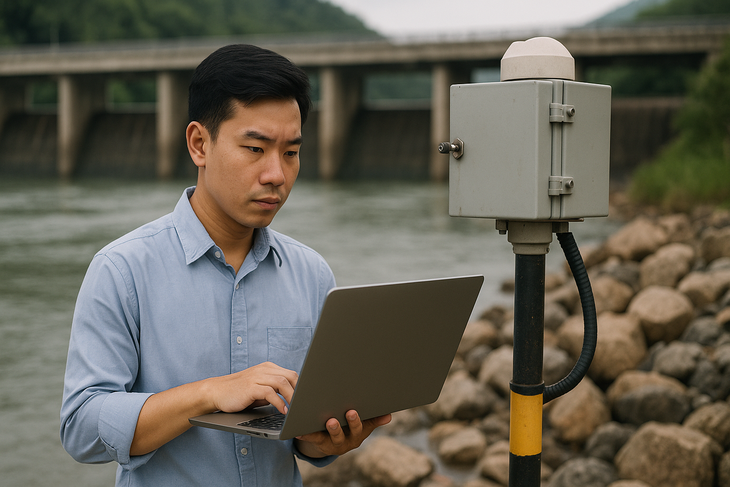
Some AI technologies can help detect early signs of natural disasters
In the context of increasingly fierce and unpredictable natural disasters, from earthquakes, tsunamis, floods to forest fires, tropical storms..., artificial intelligence (AI) is becoming a powerful support tool to help people provide early warning and minimize damage.
Learning from data, detecting anomalies
Before a natural disaster occurs, nature often "sends" early warning signals, such as small tremors before a large earthquake, changes in water levels before a tsunami, or unusual cloud structures that signal a super typhoon.
With the volume of meteorological, geological, satellite imagery data… becoming increasingly huge, it is difficult for humans to process it in time. This is also the time when AI shows its strength.
AI-based disaster warning systems are applying many advanced technologies. Specifically, Machine Learning (ML) helps detect abnormal signals from seismic, hydrological and meteorological data, while Deep Learning supports the analysis of satellite images and weather radar to automatically identify storm cloud structures as well as calculate paths and intensity.
In addition, real-time data processing technology from IoT devices located in high-risk areas allows continuous provision of information on vibration, flow, and wind speed.
AI-based simulation systems are also capable of predicting the spread of tsunamis, the extent of forest fires or flood areas, supporting timely evacuation and rescue plans.
In particular, when combining remote sensing technology with satellite data such as Sentinel, Landsat or Copernicus, AI models can also identify changes in humidity, temperature and vegetation - important factors to predict the risk of flash floods or forest fires.
How does AI help warn of natural disasters?
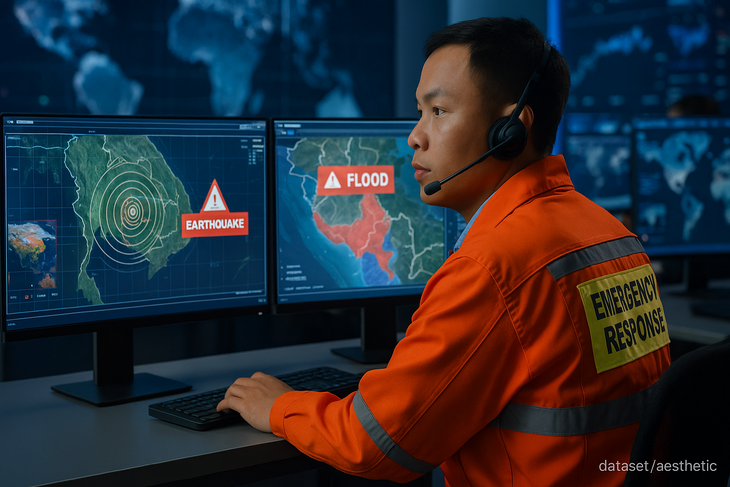
Several AI technologies have been developed to assist in weather forecasting.
Around the world , many countries have successfully applied AI in natural disaster warning. Specifically, for earthquakes, AI is capable of analyzing P seismic waves (primary waves) to issue warnings just seconds before the destructive wave (S wave) appears, helping to minimize casualties.
In tsunami warning, sensors placed on the seabed combine with AI to monitor water levels, simulate wave propagation and determine the affected area.
With floods, AI leverages rainfall data, water level sensors, and satellite imagery to predict flooding potential and risk areas.
In the field of forest fire prevention, AI can identify unusual hotspots via satellite and predict the direction of fire spread based on wind, terrain and humidity conditions.
For storms, Deep Learning technology is applied to analyze satellite cloud images, thereby improving the accuracy of storm path and intensity forecasts.
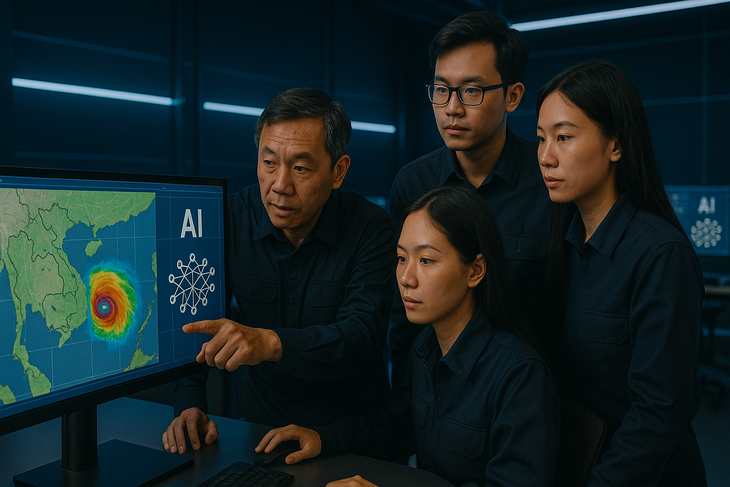
Many practical projects using AI technology have been applied.
Many practical projects around the world have demonstrated the remarkable effectiveness of AI in natural disaster warning. For example, Google AI deployed flood warning systems in India and Bangladesh, helping tens of thousands of people evacuate before the water rose.
In Japan, the Japan Meteorological Agency (JMA) has applied AI to analyze seismic waves and issue early earthquake warnings to minimize damage.
NASA is also using Deep Learning technology on satellite data to detect wildfires and flood risks early.
Meanwhile, Fathom Global has developed detailed street-level flood maps using the power of AI and remote sensing technology, contributing to improving disaster preparedness and response.
The challenges
According to experts, some regions still lack high-quality data to train AI models, making predictions less accurate. In addition, network infrastructure and sensor devices in many developing countries are limited, not enough to support AI warning systems to operate effectively and synchronously.
In addition, the risk of false alarms can cause confusion in the community if not properly verified and adjusted.
However, AI for natural disaster warning is expected to continue to grow strongly, especially when combined with IoT and 5G networks to help transmit data super fast. Multilingual warning systems via phones, loudspeakers, and social networks will reach people more flexibly.
Additionally, sharing data across borders will help AI learn better, increasing forecast accuracy, especially for regional disasters such as tsunamis or tropical storms.
Source: https://tuoitre.vn/tri-tue-nhan-tao-canh-bao-som-thien-tai-20250707101247188.htm



![[Photo] National Assembly Chairman Tran Thanh Man receives Cambodian Senate President Hun Sen](https://vphoto.vietnam.vn/thumb/1200x675/vietnam/resource/IMAGE/2025/9/1/7a90c9b1c1484321bbb0fadceef6559b)
![[Photo] Chairman of the National People's Congress of China Zhao Leji visits the Ho Chi Minh Mausoleum](https://vphoto.vietnam.vn/thumb/1200x675/vietnam/resource/IMAGE/2025/9/1/45b2a2744fa84d27a59515b2fe53b42a)

![[Photo] Ho Chi Minh City is filled with flags and flowers on the eve of National Day September 2](https://vphoto.vietnam.vn/thumb/1200x675/vietnam/resource/IMAGE/2025/9/1/f493a66401844d4c90919b65741ec639)

![[Photo] Celebration of the 65th Anniversary of the Establishment of Diplomatic Relations between Vietnam and Cuba](https://vphoto.vietnam.vn/thumb/1200x675/vietnam/resource/IMAGE/2025/9/1/0ed159f3f19344e497ab652956b15cca)
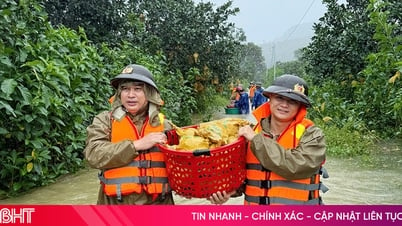

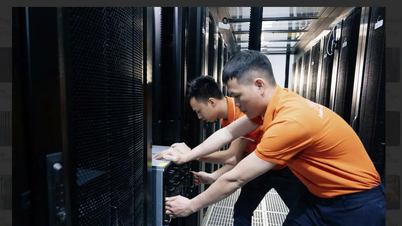






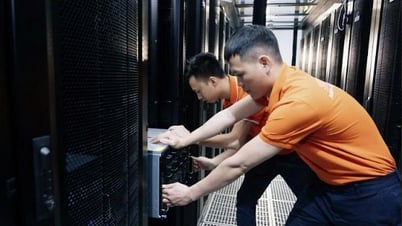



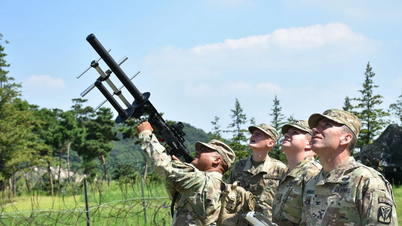

![[INFOGRAPHIC] Xiaomi Smart Band 10 Bracelet “10 years of undefeated”](https://vphoto.vietnam.vn/thumb/402x226/vietnam/resource/IMAGE/2025/9/1/5bc3904d2354446593a89a0688f18f13)



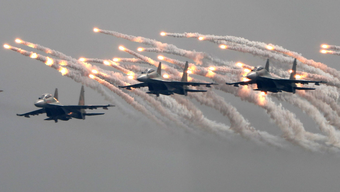








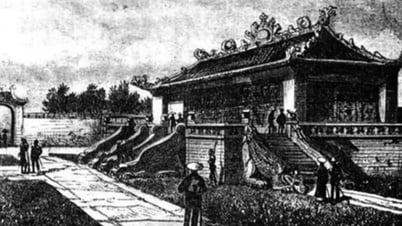











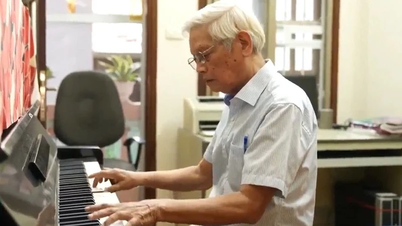
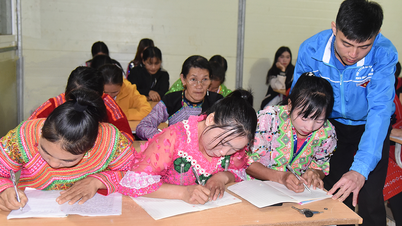








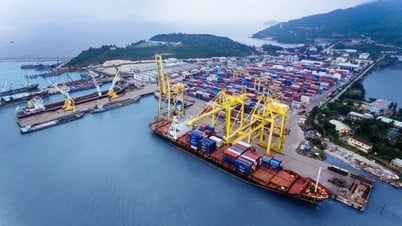








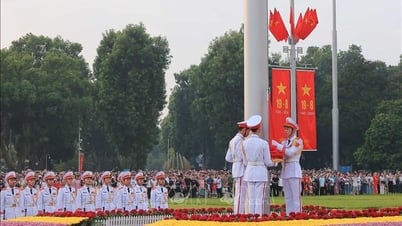










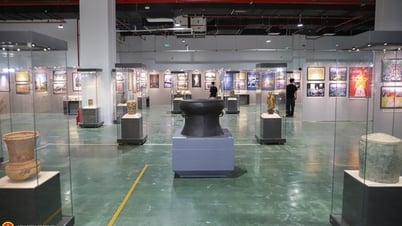
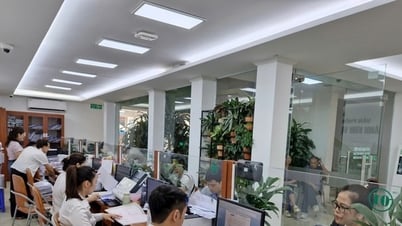

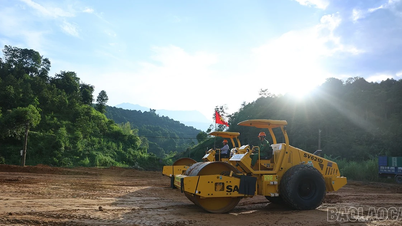






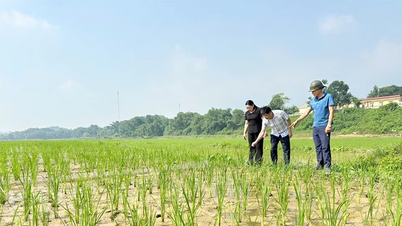













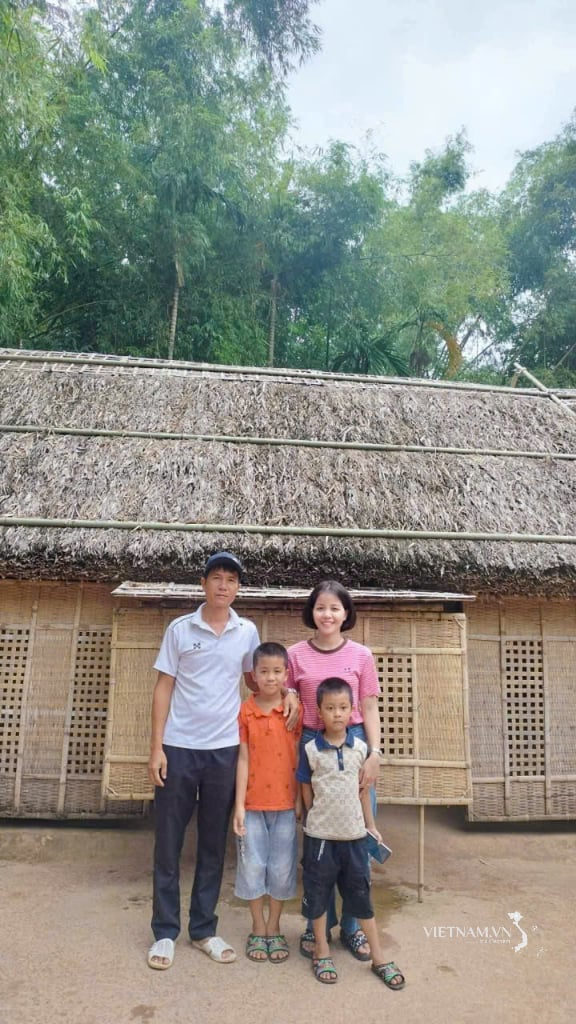


Comment (0)